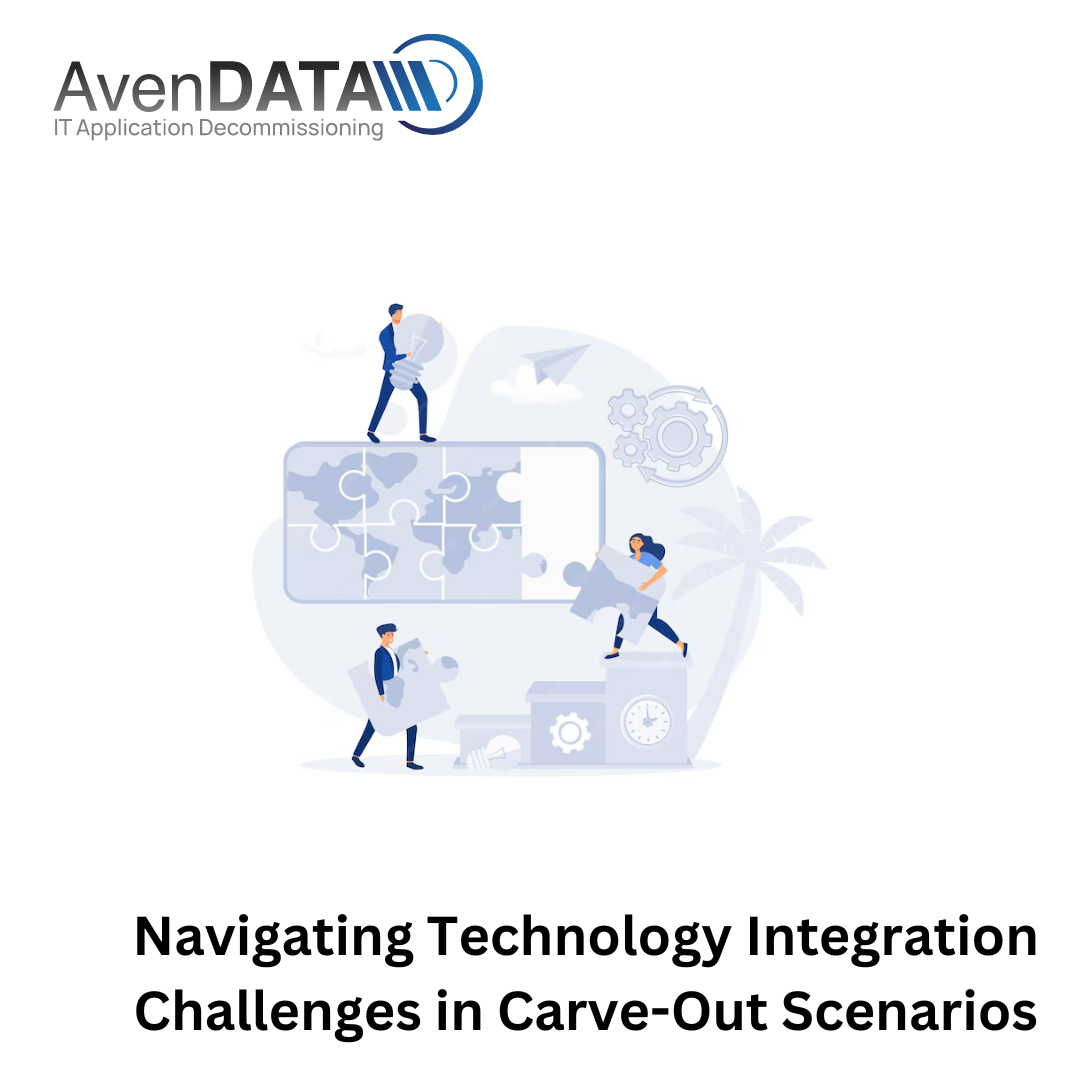In today's dynamic business landscape, carve-out transactions have become increasingly common as companies seek to divest specific assets or business units to streamline operations or focus on core competencies. However, one of the most significant challenges in carve-out scenarios revolves around technology integration. When separating from a parent company, the carved-out entity often faces complex technological hurdles that can impact its operations, efficiency, and overall success. In this blog post, we delve into the technology integration challenges faced during carve-out transactions and explore strategies to overcome them effectively.
1. Legacy System Disentanglement
One of the foremost challenges in carve-out scenarios is disentangling the carved-out entity's technology infrastructure from the parent company's systems. Often, the carved-out entity relies on shared IT infrastructure, applications, and databases, making it challenging to separate without disrupting operations. Legacy systems integration, data migration, and ensuring data continuity become critical tasks requiring meticulous planning and execution.
2. Data Migration and Data Governance
Data migration presents another significant challenge in carve-out transactions, particularly regarding data accuracy, completeness, and security. Migrating data from shared databases to standalone systems while ensuring data integrity and compliance with regulatory requirements is a complex undertaking. Data governance frameworks must be established to govern data access, usage, and security post-carve-out, mitigating the risk of data loss or breaches.
3. Application Rationalization and Modernization
Carved-out entities often inherit a mix of legacy applications and systems from the parent company, which may not align with their operational requirements or strategic objectives. As such, application rationalization and modernization efforts are essential to streamline processes, enhance efficiency, and drive innovation. Identifying redundant or obsolete applications and integrating or replacing them with modern, scalable solutions is crucial for the success of the carve-out.
4. IT Infrastructure Separation
Separating IT infrastructure, including networks, servers, and hardware, poses another significant challenge in carve-out transactions. The carved-out entity must establish its independent IT environment while ensuring seamless connectivity, minimal downtime, and optimal performance. This requires careful planning, resource allocation, and collaboration between IT teams to execute the separation smoothly.
5. Change Management and Employee Training
Technology integration in carve-out scenarios necessitates comprehensive change management strategies and employee training programs. Employees must adapt to new systems, processes, and workflows post-carve-out, requiring adequate support, communication, and training initiatives. Engaging employees early in the transition process, addressing concerns, and providing relevant training can help mitigate resistance to change and foster a smooth transition.
In conclusion, while technology integration poses significant challenges in carve-out scenarios, proactive planning, collaboration, and strategic execution can help mitigate risks and drive successful outcomes. By addressing legacy system disentanglement, data migration, application rationalization, IT infrastructure separation, and change management effectively, carved-out entities can navigate technology integration challenges with confidence and set the stage for long-term growth and success.





Comments